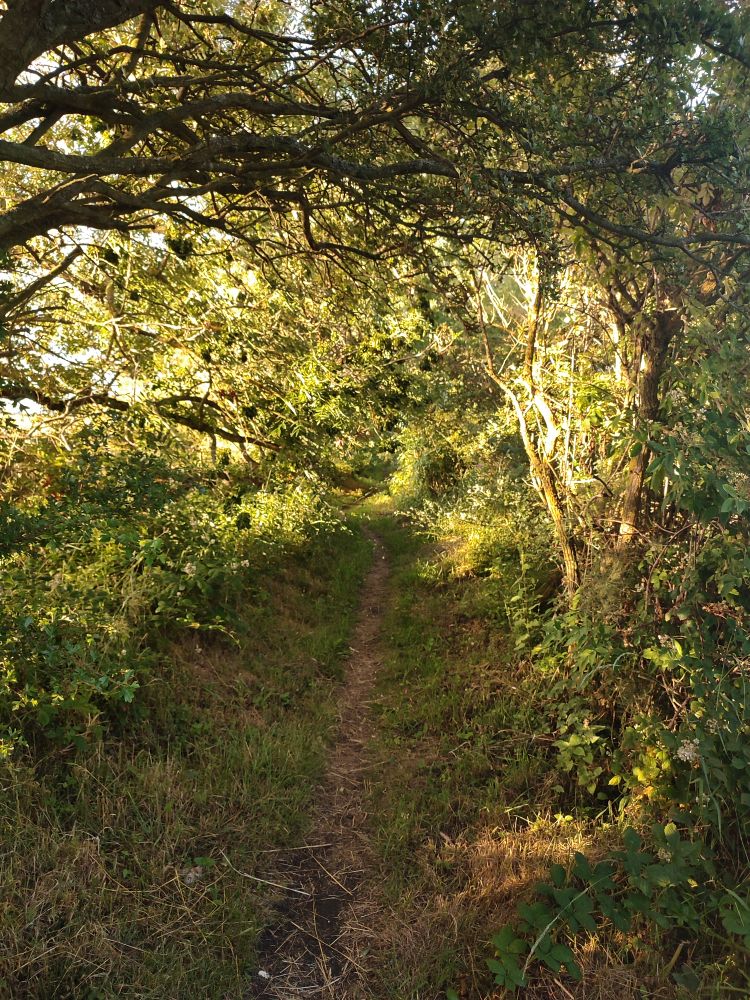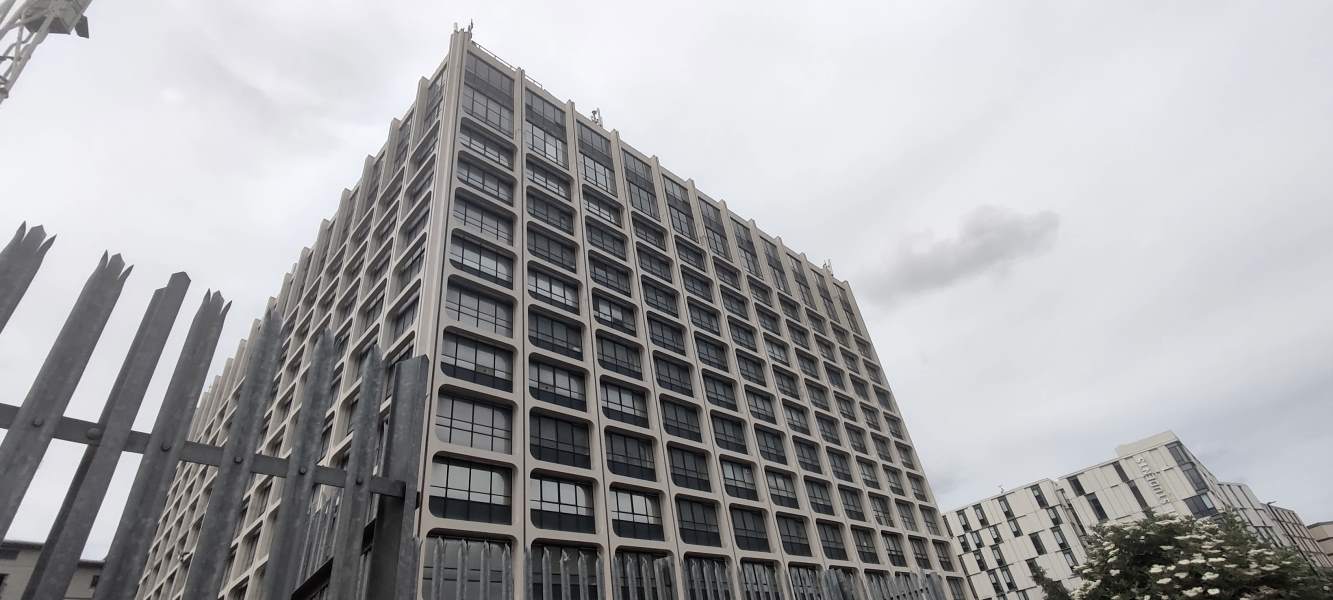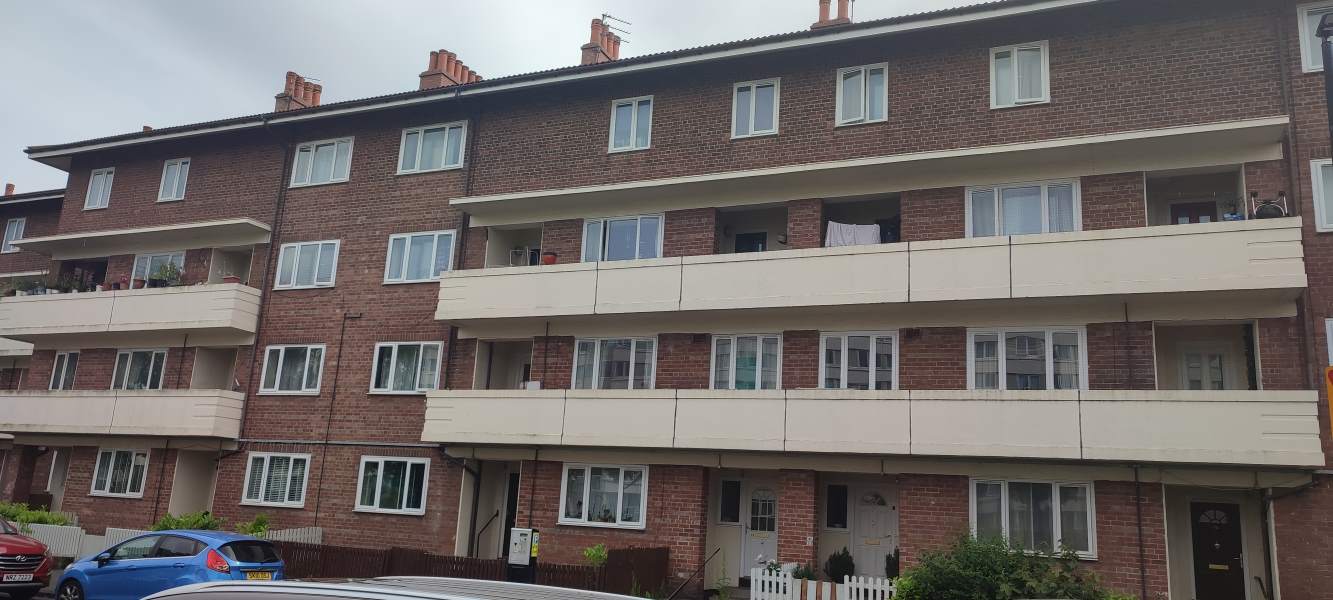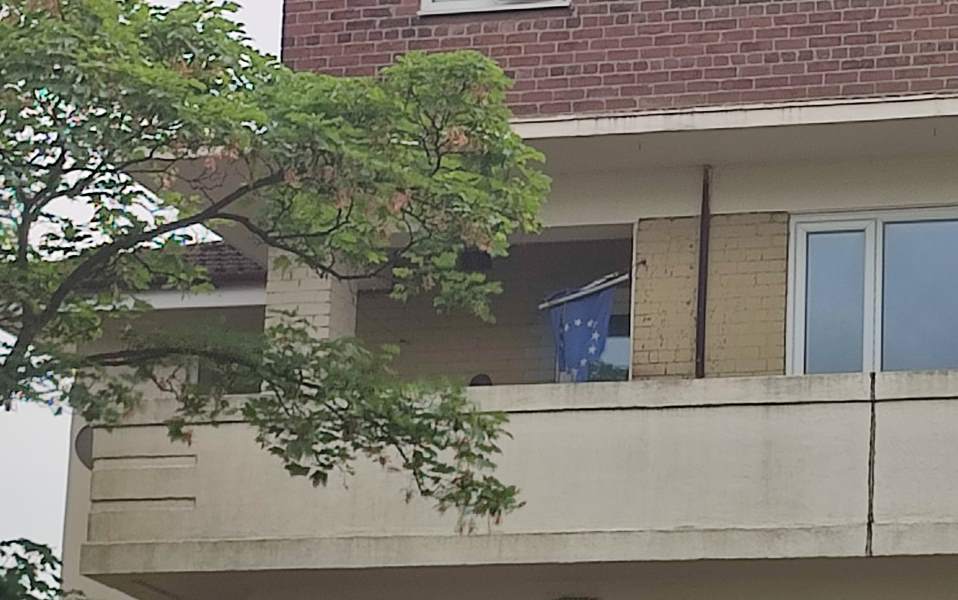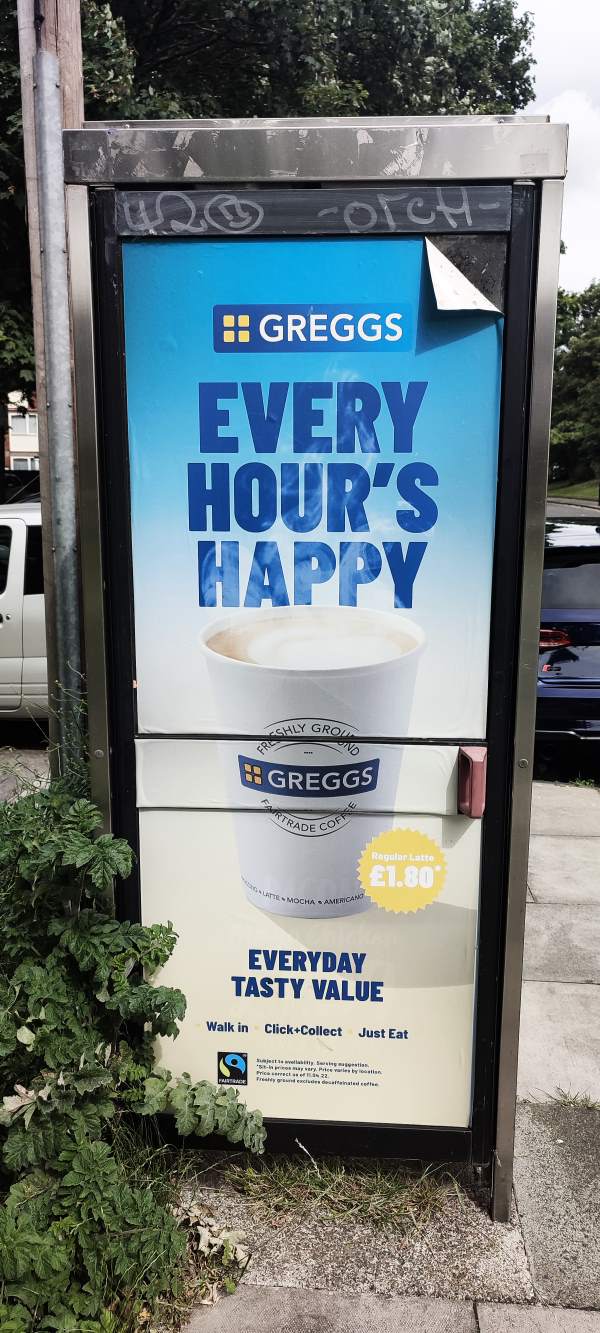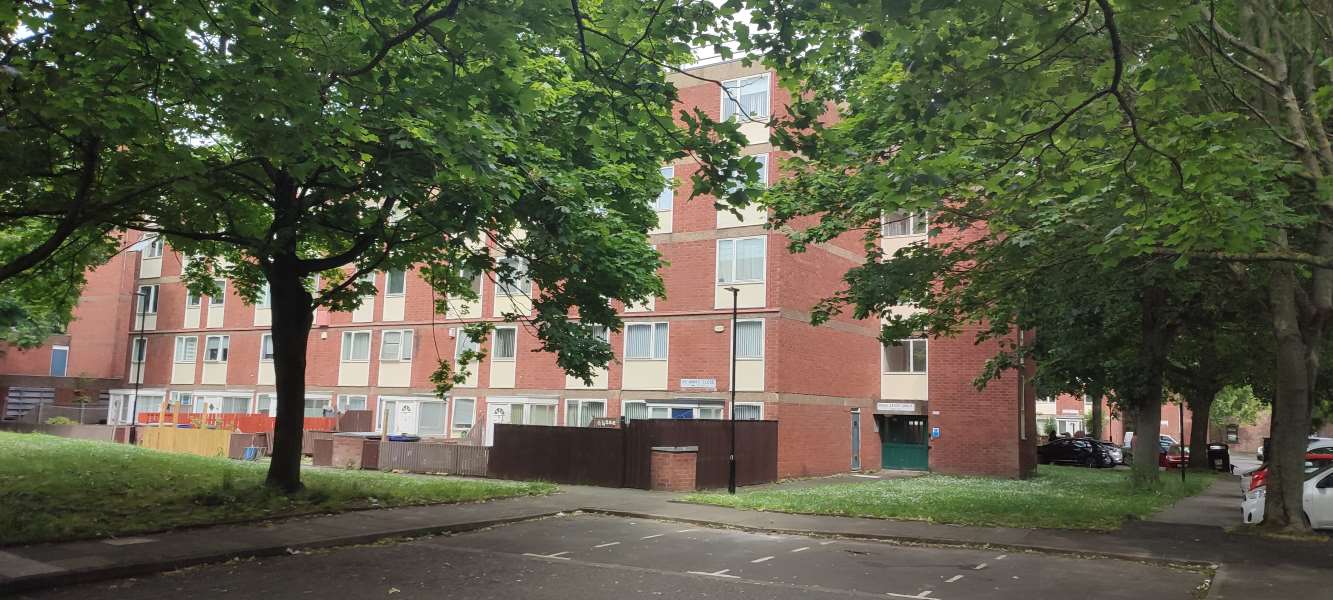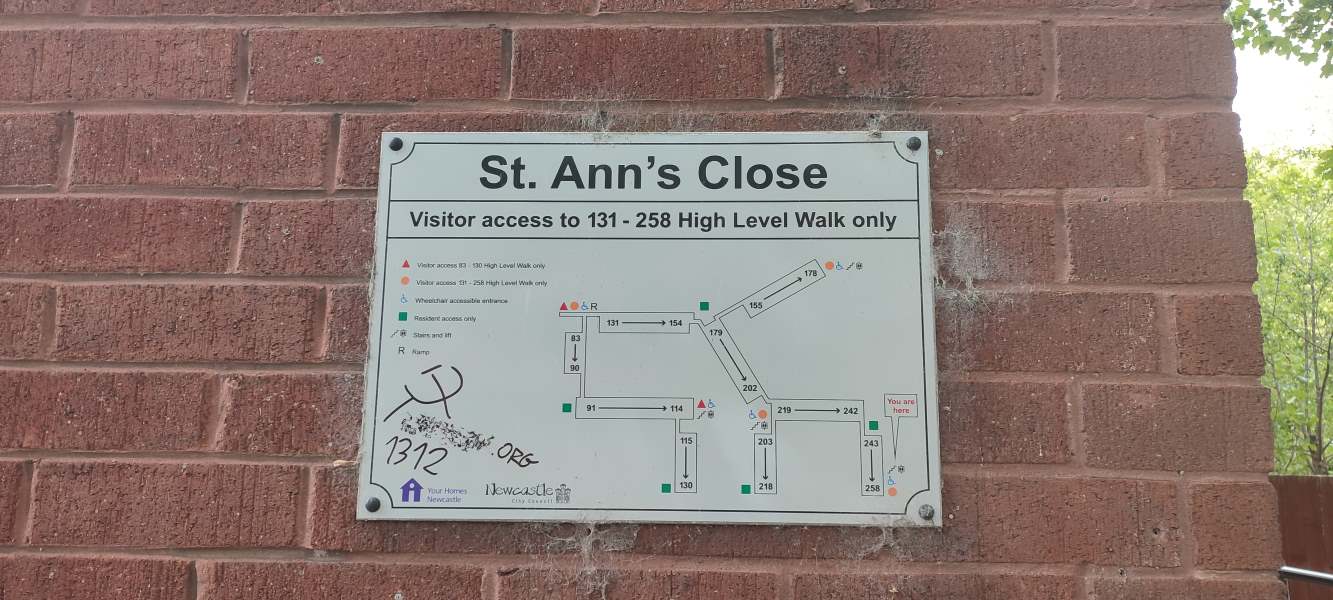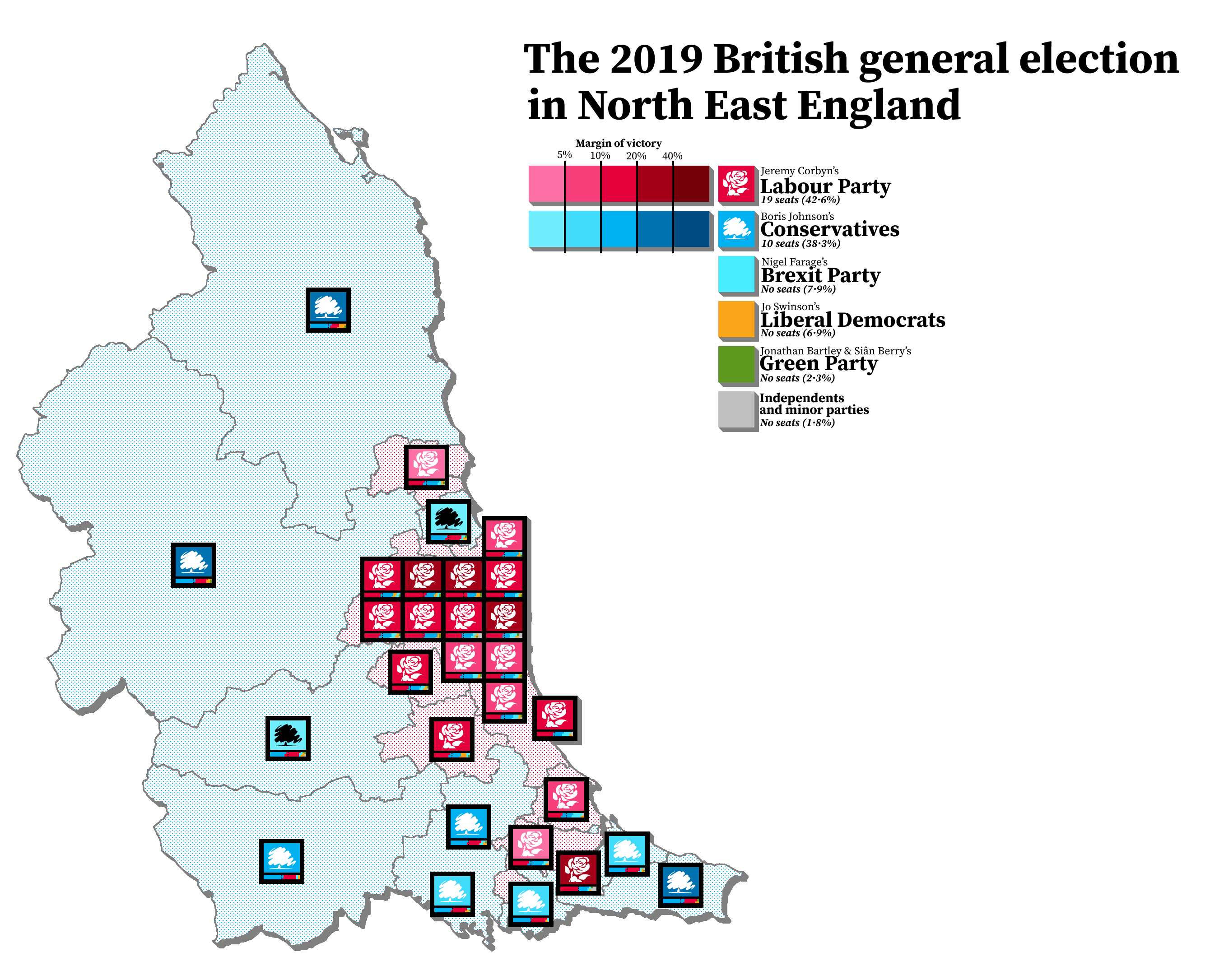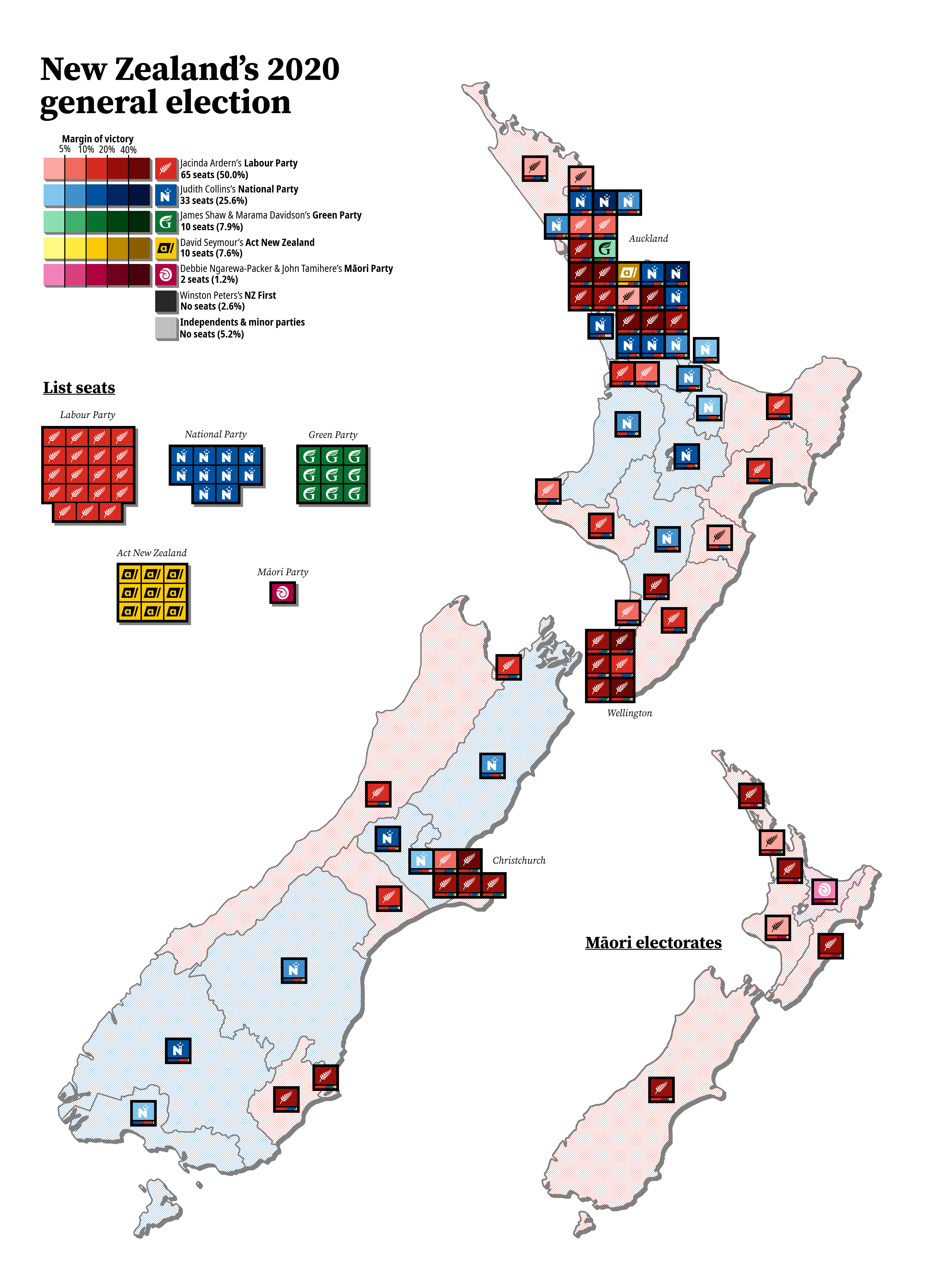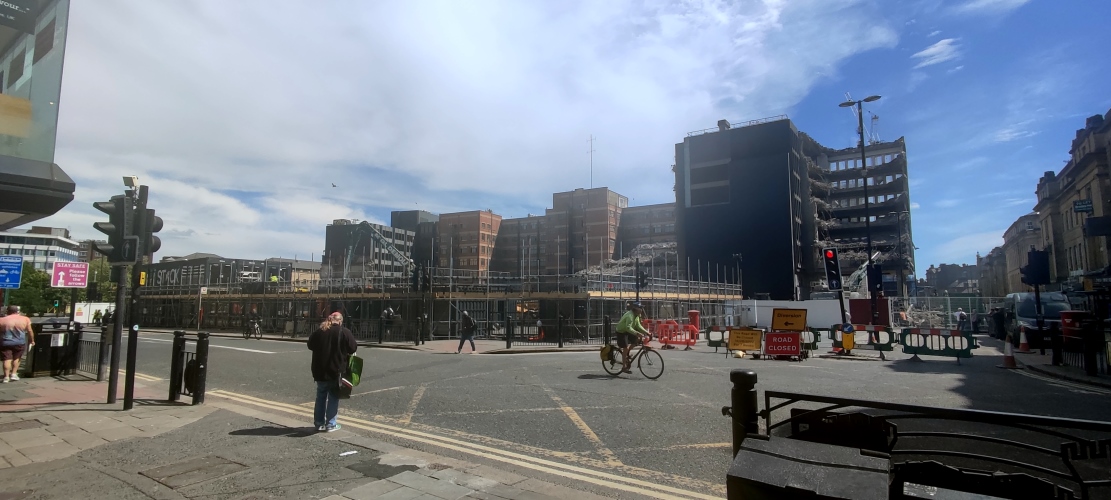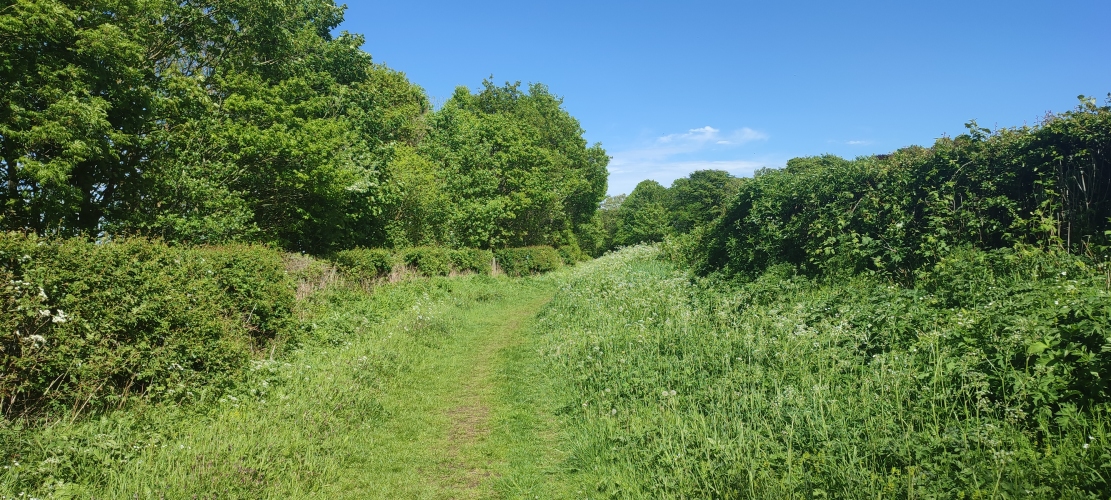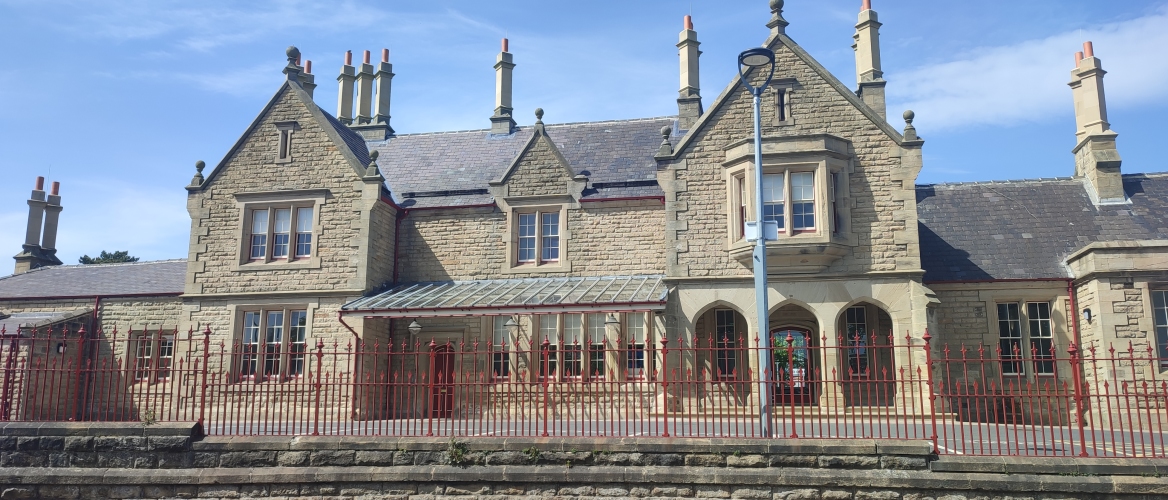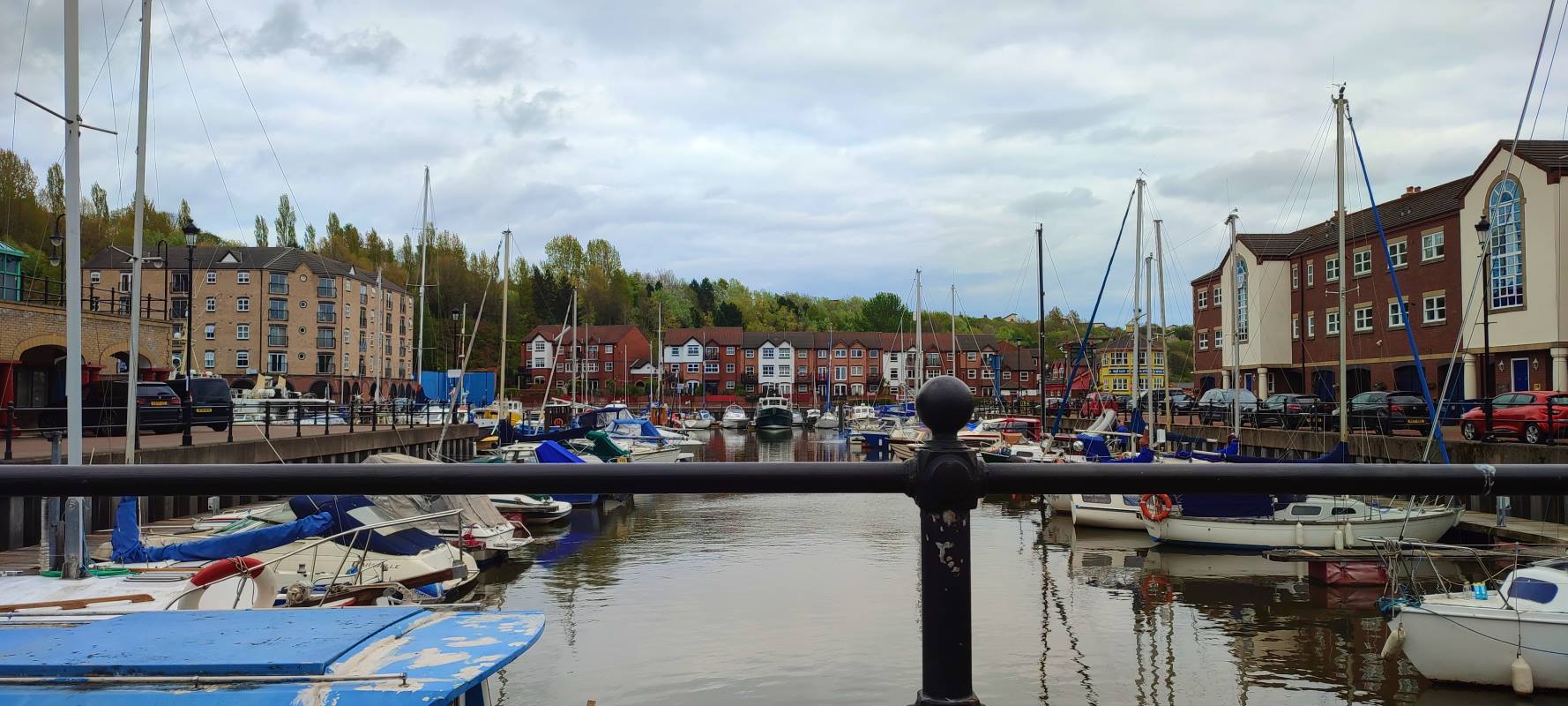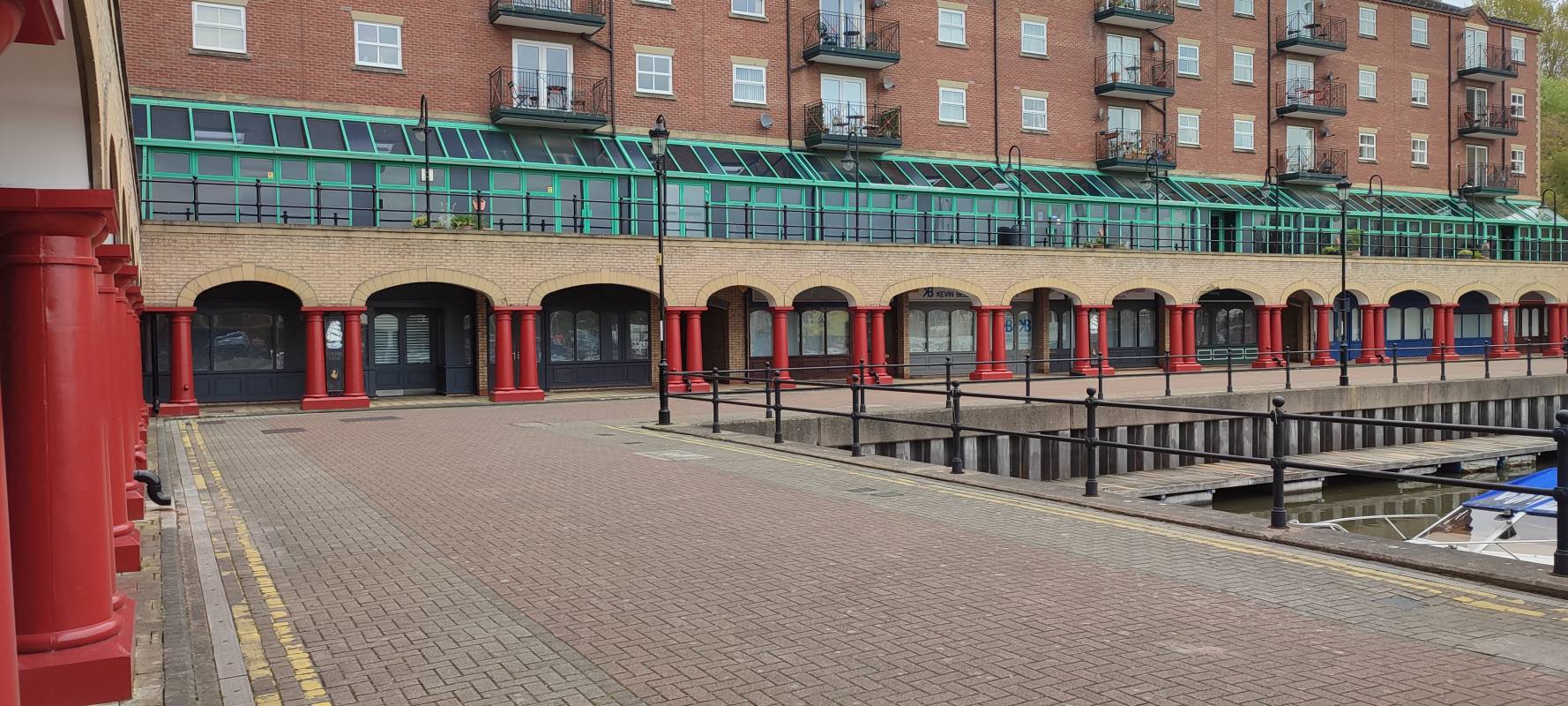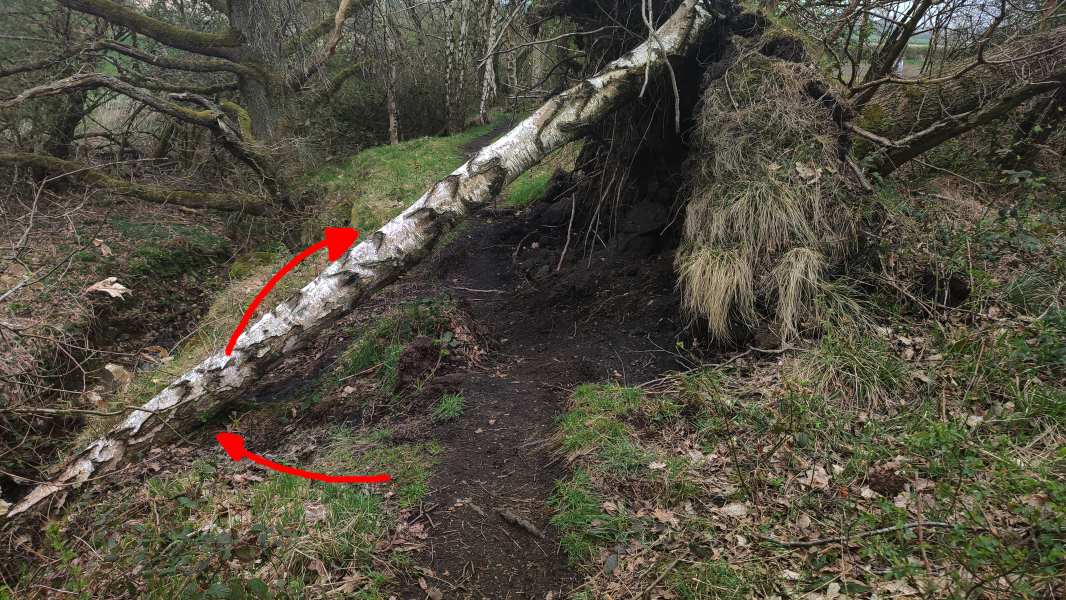This is a repost from the now-deleted old archives of the blog, originally posted on the ninth
of February, 2021. I thought of doing it up as its own page, like the article about
our Christmas tradition, but it seemed wrong — this is capturing a very
specific moment in my (and everyone’s) life, and it would be gauche to put such an emotional
rant on the front page.
I remember watching grown-ups’ TV late at night on the sofa in Oma and Opa’s caravan, nestled
between them, a tiny TV in the corner, subtitles on, those black circles with the advisory ratings.

I remember watching us lose to Spain, watching crime dramas and not understanding a thing, i
remember just being there, the inflatable pool waiting outside for tomorrow, the sofa unfolding
itself into a bed. The smell of kitty litter in the toilet, the view outside, the jar of sweets, my
bedroom decorated on the walls with maps, like the one under the desk at their house of the 12
provinces, those big books, that one of shape-sjablonen, that maths puzzle book for
five-year-olds, the decorated plate, the chicken schnitzel, the horrid smell of their fish dinner,
jumping on the trampoline, chlorinating my eyes in the pool, the gravel road, the endless journeys
in.
I remember the tacky ceramics, the awful internet back then, falling through the chair (ow!) while
browsing
Coolmath.com on
Windows XP, messing with Paint Shop Pro 8, Internet Explorer 7… me always taking down the ‘For Sale’
sign in the window, that little book of the planets and stars, i think there was one about seasonal
plants.
I remember them moving the caravan from Schagen to Ede. I remember going to Deventer and meeting
that family who lived on a boat (the girl was nice).
I remember Papa’s house, i remember the blackboard where i learned the passcode — 0420 — to an iPod
i acquired at far too young an age, i remember that time i sat inside watching videos instead of
going outside in the sun, the Chocomel, the Wokkels, that frog-shaped bowl, those letter-shaped
stamps op zolder, Opa’s model railway. I remember that tiny “bathtub”, i remember Oma’s
scrapbook, her Scooby-Doo plush, i remember watching Finding Nemo over and over, the pond,
the playground, the train station, how much the
giant robot at
Nemo creeped me out, Mouse Paint,
that board book teaching me how to tie knots,
Corpus, that weird video from the
library with the wireframe man, trying in vain to find that specific top-ten episode of
Garfield & Friends on Windows Media Centre, that elephant thing at the preschool
fundraiser, that kid who would only drink orange juice out of a specific blue cup, my first day at
school, watching Nieuws uit de natuur then going home early on Wednesdays, fighting with
Nuri over who got to keep the paper Einstein doll we made, founding a country with Emiel, not
understanding Ewout’s Pokémon references, the trip to Aeolus, that time a teacher went to
go on a pilgrimage along the Way of St. James, de Speelhoorn, de Waterhoorn, toasties, poffertjes,
the pick-and-mix at Kruidvat, the climbing frame–treehouse–sandpit thing in the back garden, the
stoomtram to Medemblik, visiting the Zuiderzee Museum on a snowy day, swimming lessons, going to
Hema for a sausage roll afterwards, accidentally pressing ‘stop’ on the escalator,
Cars 2 being the first film i ever saw at the cinema, Fristi, ads for ‘Taxi’ soft drink
(never had it), curly fries at Burger King (how i wish they had those over here), the paintings
around the house, Papa’s exercise bike in the attic, him playing trance music in the car…
I remember crying when i found out me and Mama were moving back to the UK.
I gave a PowerPoint presentation about Eurovision on my last day of school. I cried as everyone
filed out of the classroom. Both because of me leaving, and because i’d made a mistake in it.
They gave me this little booklet as a farewell gift. It’s bound up in a cover of the solar system.
Everyone in the class made a little something for it.
I don’t know where it is, and i can’t bear to look at it.
It’s been a year and a half since i last went for a visit. I’ll probably have to skip this year too.
Ik wil naar huis.
Three years now… and i never got to say goodbye to my grandfather. See you on the other side,
opa.
